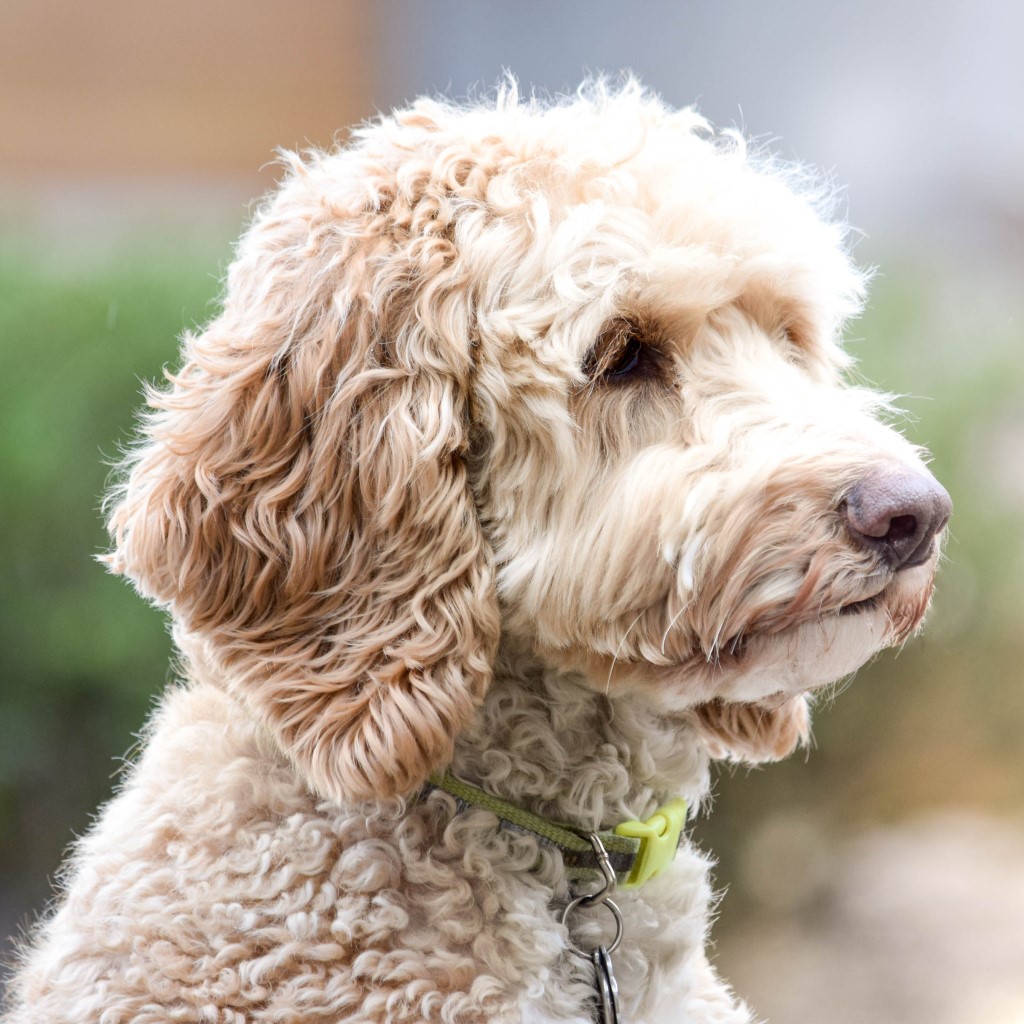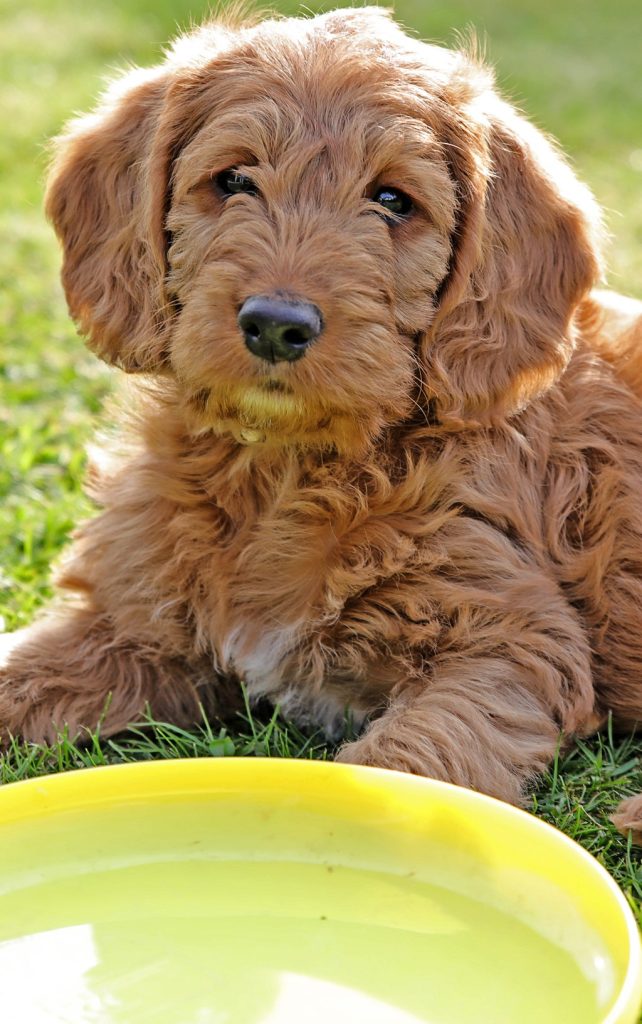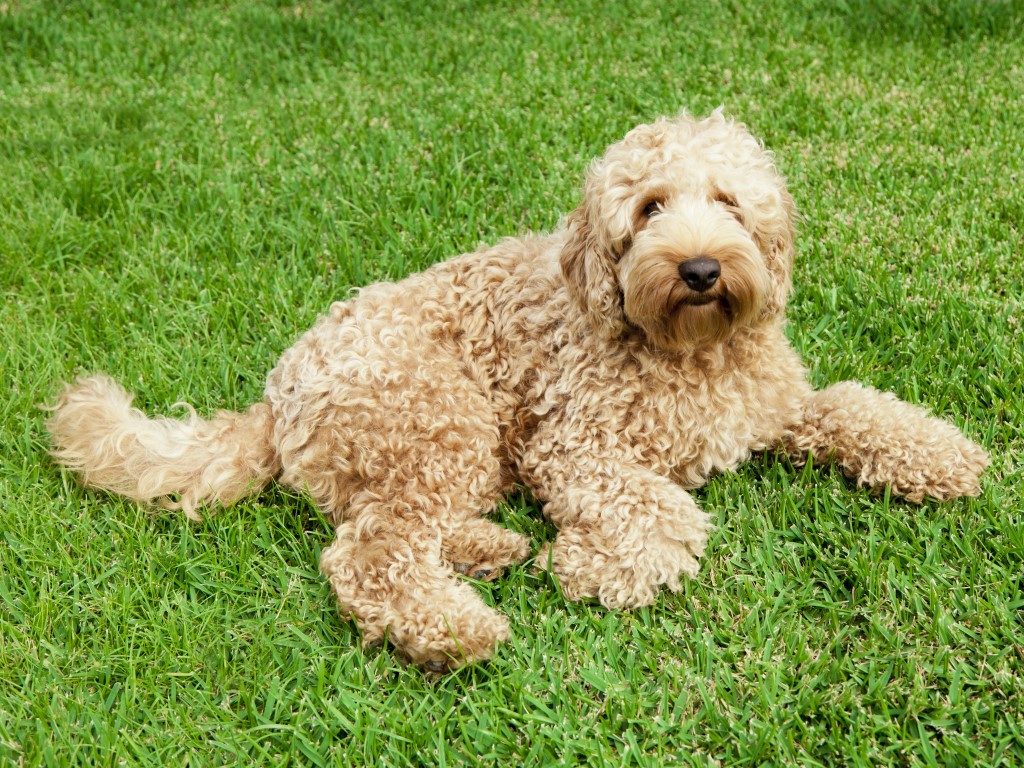Living with a Labradoodle
The energy needs of a Labradoodle are rather high, stemming mostly from the similarly high energy needs of Labrador dogs. A good estimate of their exercise requirements ranges between 30 minutes to an hour daily, which could take the form of running, walking or playing. They also have a distinct affinity for water, being known to enjoy splashing and swimming.
They also require mental stimulation due to their high level of intelligence, or you may risk losing a few slippers or other household items to boredom-induced destructive habits. If you plan on leaving your Labradoodle alone for extended periods of time, you may want to invest in mentally stimulating toys or feeding apparatus.
One of the advantages of owning a Labradoodle is their low level of shedding. It isn’t guaranteed that your Labradoodle won’t shed due to the nature of crossbred dogs— they won’t always produce consistent results in their offspring. Labradoodle fur can be one of three types, one that sheds like fur, one that looks similar to sheep’s wool and one that is silky and wavy. The last option is most common and typically does not shed.
The frequency of grooming that your Labradoodle requires will vary depending on their fur and size. In general, they require a good brushing once every week or fortnight, and a trim every 6-8 weeks.

 Greencross Vets
Greencross Vets 






